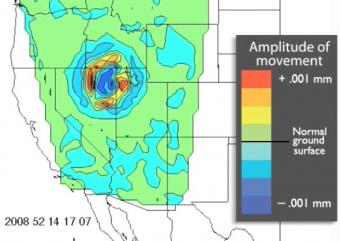
How does this data mimic a drop of water in a pond?
This set of animations was inspired by a visualization of ground motion resulting from the February 21, 2008 M 6.0 earthquake that occurred near Wells, NV sending a ripple of ground motion to hundreds of seismic stations. To understand how seismic waves migrate away from an earthquake, we combined the animation at lower right with the image of a faucet to illustrate the classic Earth science functional analogy; “Seismic waves radiate outward from an earthquake’s epicenter like ripples on water”. And then employed Dr. Geophysics to explain the Earth-science concepts in a nutshell.
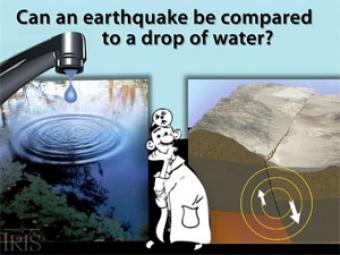
Exploration of how an earthquake is LIKE ripples on/in water. Dr. Geophysics guides you through the simple physics of potential energy and energy release. Analogies are a useful instructional strategy, especially in the science classroom. In this case, the analog is a drop of water hovering above and then falling into a pool of water, while the target is an earthquake.
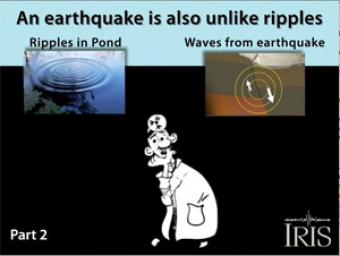
Part 2/2 Comparing seismic waves to ripples in water. This animation explores how seismic waves are UNLIKE ripples on water. Dr. Geophysics helps explain 4 significant differences.
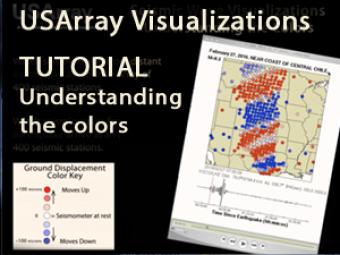
As earthquake waves travel along the surface of the Earth, they cause the ground to move. The ground motions can be captured and displayed as a movie, providing a visual demonstration of these often indiscernible movements.
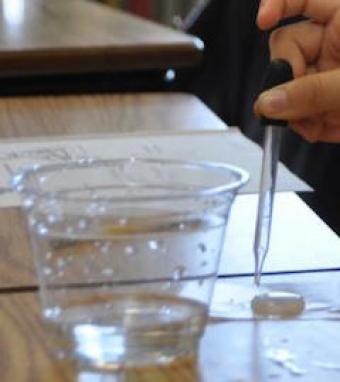
Working in both small groups and as a whole class, students investigate the classic Earth science analogy: "Seismic waves radiate outward from an earthquake's epicenter like ripples on water". A discrepant image connects the unfamiliar concept of the spreading out of seismic waves to the more familiar scenario of ripples on water radiating outwards in all directions after a droplet falls onto a pool.
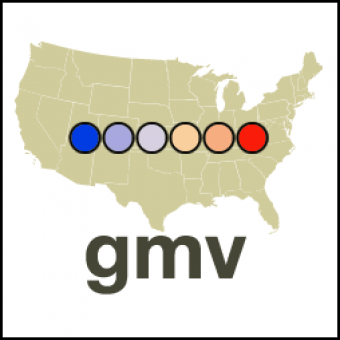
USArray Ground Motion Visualizations (GMVs) use real data to show seismic waves sweep across the USArray network of seismic stations. Watch how seismic waves from earthquakes in the US and around the world cause the ground to move at each seismometer.
We encourage the reuse and dissemination of the material on this site as long as attribution is retained. To this end the material on this site, unless otherwise noted, is offered under Creative Commons Attribution (CC BY 4.0) license